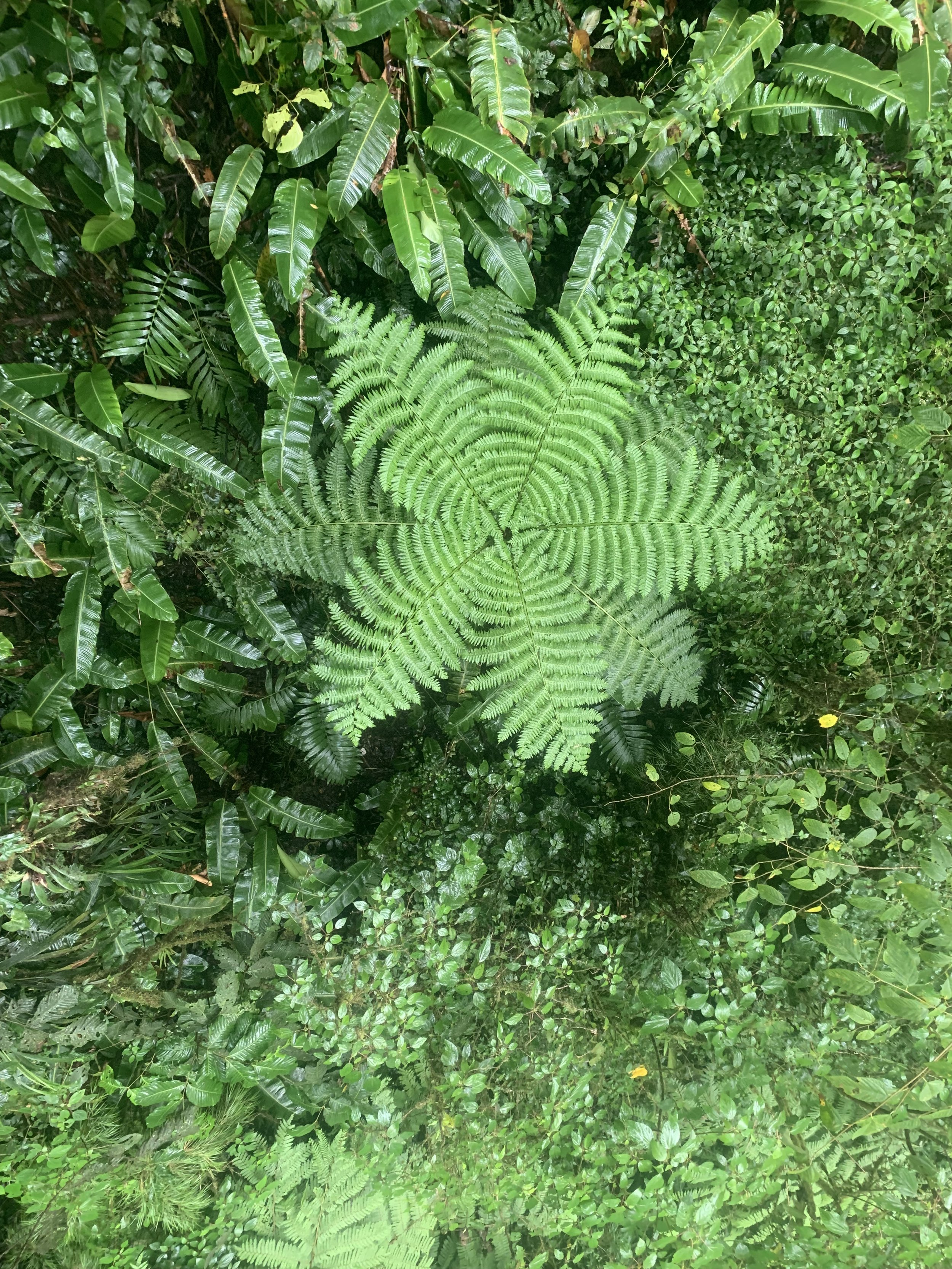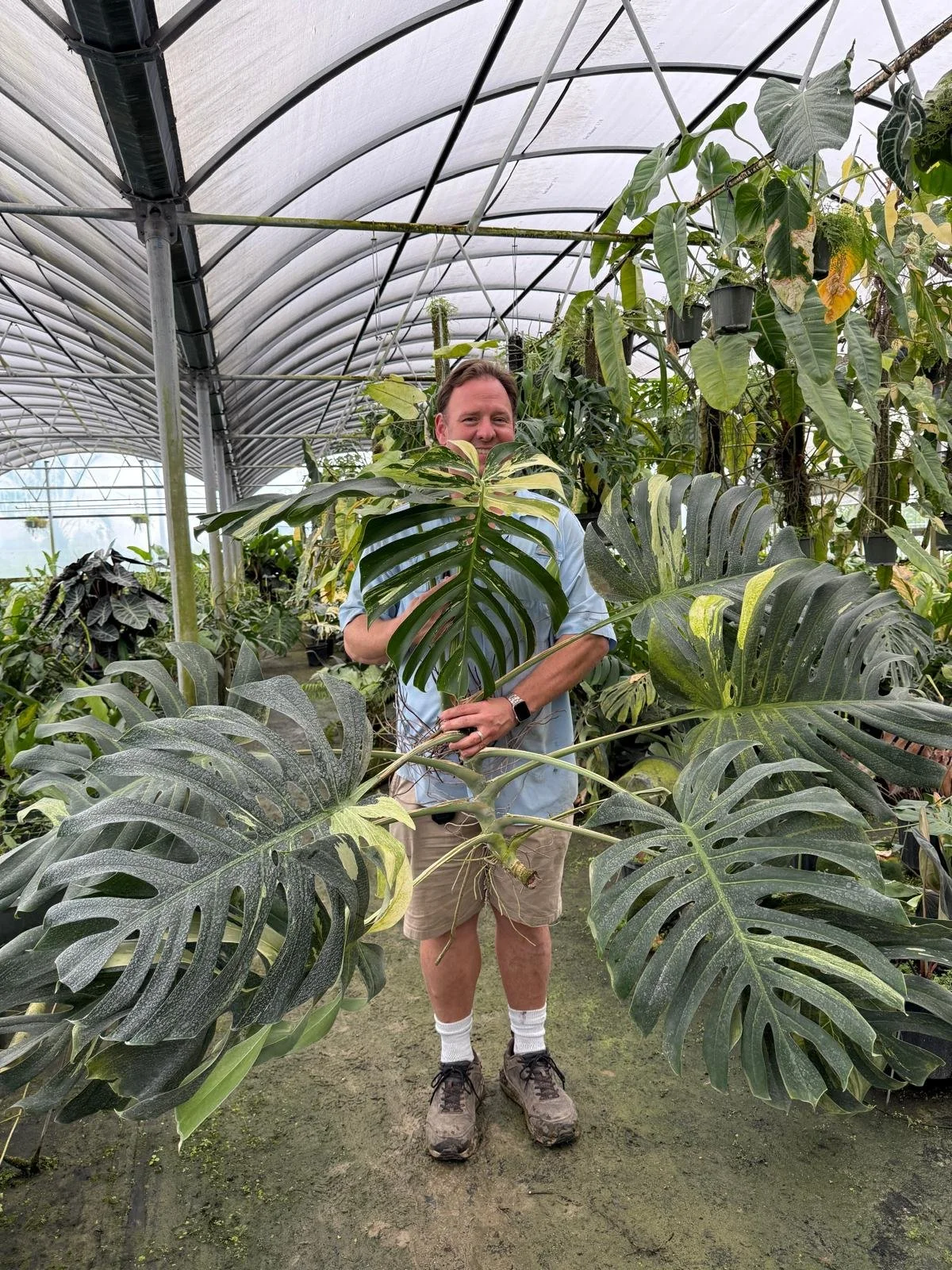
Become a Member
The Tropical Fern & Exotic Plant Society is based in South Florida.
Our dedicated individual members collect and cultivate tropical ferns & exotic plants.
Our members include plant enthusiasts from all over the world.
We meet at Fairchild Tropical Botanic Garden on the Fourth Monday of every month.
Learn About the Society
Find out about our mission, who we are and what we do.
Next Meeting
There will be no meeting in December.
The next talk is on January 26, 2026 and will be held at 7:15pm in Corbin Classroom A at Fairchild Tropical Botanic Garden. Speaker Palmer Crippen will give a presentation titled “Journey Through Jungle Cacti: Rhipsalis, Lepismium, Schlumbergera, and Other Epiphytic Cacti.”
Next Field Trip
The next TFEPS members-only excursion will be a tour of Silver Krome Gardens led by Bill on December 20th, 2025.




